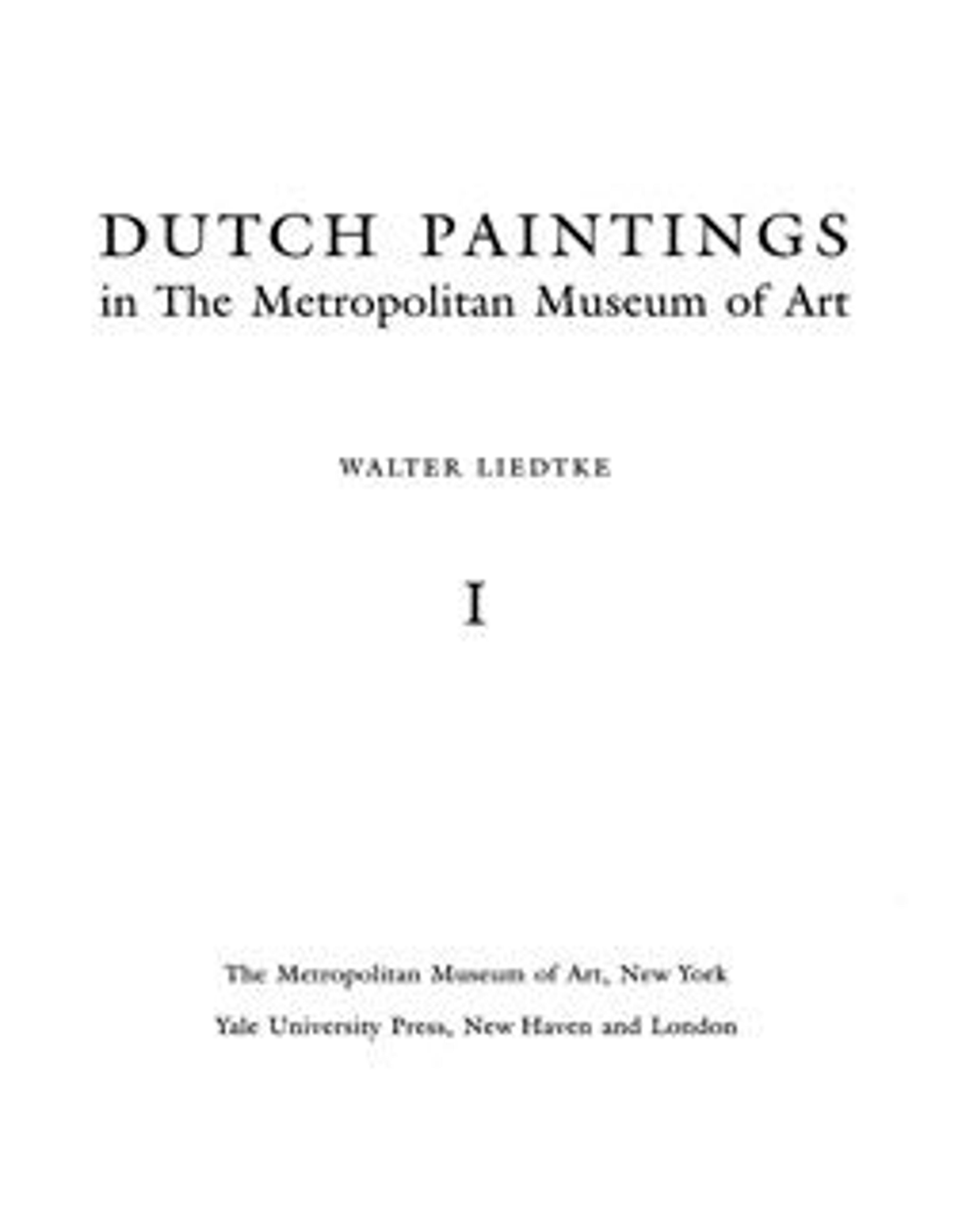Sandy Road with a Farmhouse
Painted in Leiden in 1627, this small panel is one of the earliest examples of a diagonal design that the artist would use until about 1640. Although Van Goyen worked in Haarlem only when he studied with Esaias van de Velde (1617–18), his tonal manner was well known to Haarlem painters such as Salomon van Ruysdael and Pieter de Molijn.
Artwork Details
- Title: Sandy Road with a Farmhouse
- Artist: Jan van Goyen (Dutch, Leiden 1596–1656 The Hague)
- Date: 1627
- Medium: Oil on wood
- Dimensions: 12 1/8 x 16 1/4 in. (30.8 x 41.3 cm)
- Classification: Paintings
- Credit Line: Bequest of Myra Mortimer Pinter, 1972
- Object Number: 1972.25
- Curatorial Department: European Paintings
More Artwork
Research Resources
The Met provides unparalleled resources for research and welcomes an international community of students and scholars. The Met's Open Access API is where creators and researchers can connect to the The Met collection. Open Access data and public domain images are available for unrestricted commercial and noncommercial use without permission or fee.
To request images under copyright and other restrictions, please use this Image Request form.
Feedback
We continue to research and examine historical and cultural context for objects in The Met collection. If you have comments or questions about this object record, please contact us using the form below. The Museum looks forward to receiving your comments.
